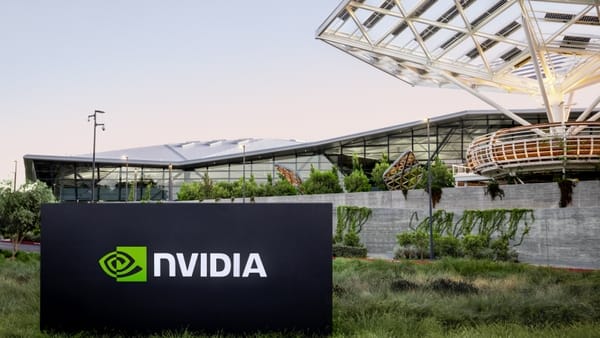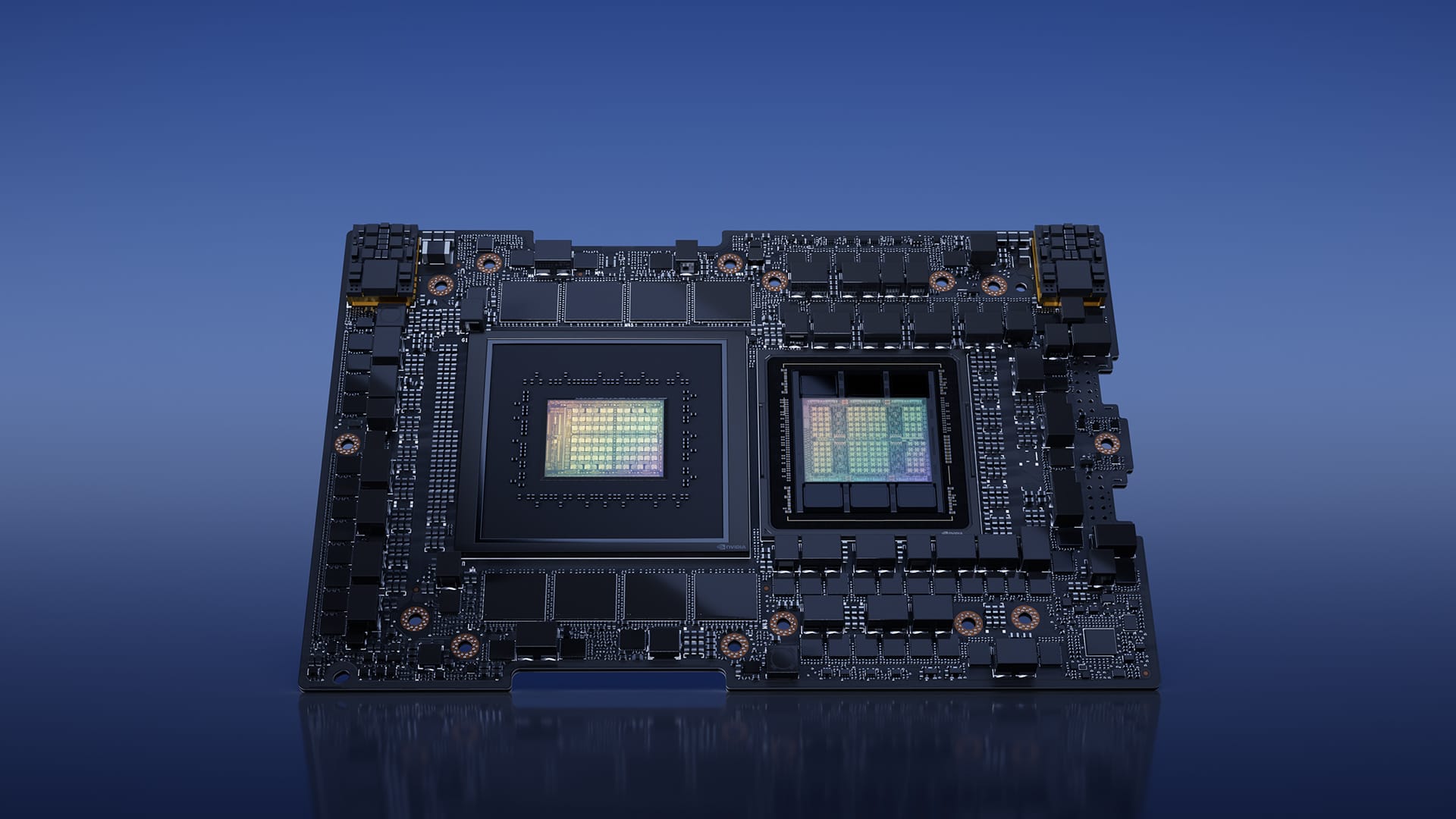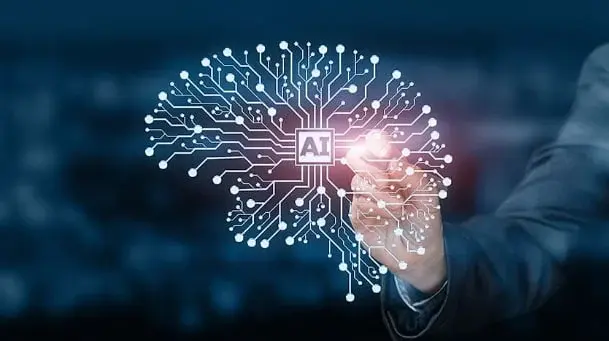Key Takeaways
1. Arm is reportedly developing its own customizable CPU for data centers, potentially launching it this summer.
2. The company will collaborate with TSMC for the production of these new chips as a fabless chipmaker.
3. Softbank, which owns Arm, recently partnered with OpenAI to create extensive AI infrastructure, with Arm as a key player.
4. Arm’s chip designs are widely used in smartphones, mobile devices, and the latest Apple Macs, known for their power efficiency.
5. The new processors may support AI applications, increasing Arm’s relevance in the evolving tech landscape.
Arm could be set to reveal its own processor this year, according to new rumors. The well-known chipmaker might be developing in-house chips, potentially making Meta their first client. Here’s what we’ve learned so far.
Arm’s New Chip Venture
A report from The Financial Times suggests that Arm is creating a CPU aimed at data centers, which will be customizable to meet the needs of various clients. As a fabless chipmaker, Arm plans to collaborate with TSMC (Taiwan Semiconductor Manufacturing Company), the largest contract chip manufacturer globally, to produce these new chips. Industry insiders believe these in-house processors might be launched as soon as this summer.
Partnership with OpenAI
This development comes just a month after Softbank, which owns Arm, partnered with OpenAI to create up to $500 billion in AI infrastructure. This large-scale initiative will include Arm along with Microsoft and Nvidia as key tech partners. Arm could play a significant role in this project, possibly connecting with AI-driven personal devices being developed by John Ive (a former Apple designer) and Sam Altman from OpenAI.
Arm’s Ubiquity in Technology
For those who might not know, Arm’s designs power almost every smartphone available today. They’re also found in most mobile devices and even run the latest Apple Macs and Qualcomm-powered Windows PCs. CPUs that utilize the ARM architecture offer impressive power efficiency without sacrificing performance, rivaling Intel and AMD chipsets. This is a key factor in their growing popularity in data centers that support AI applications.





